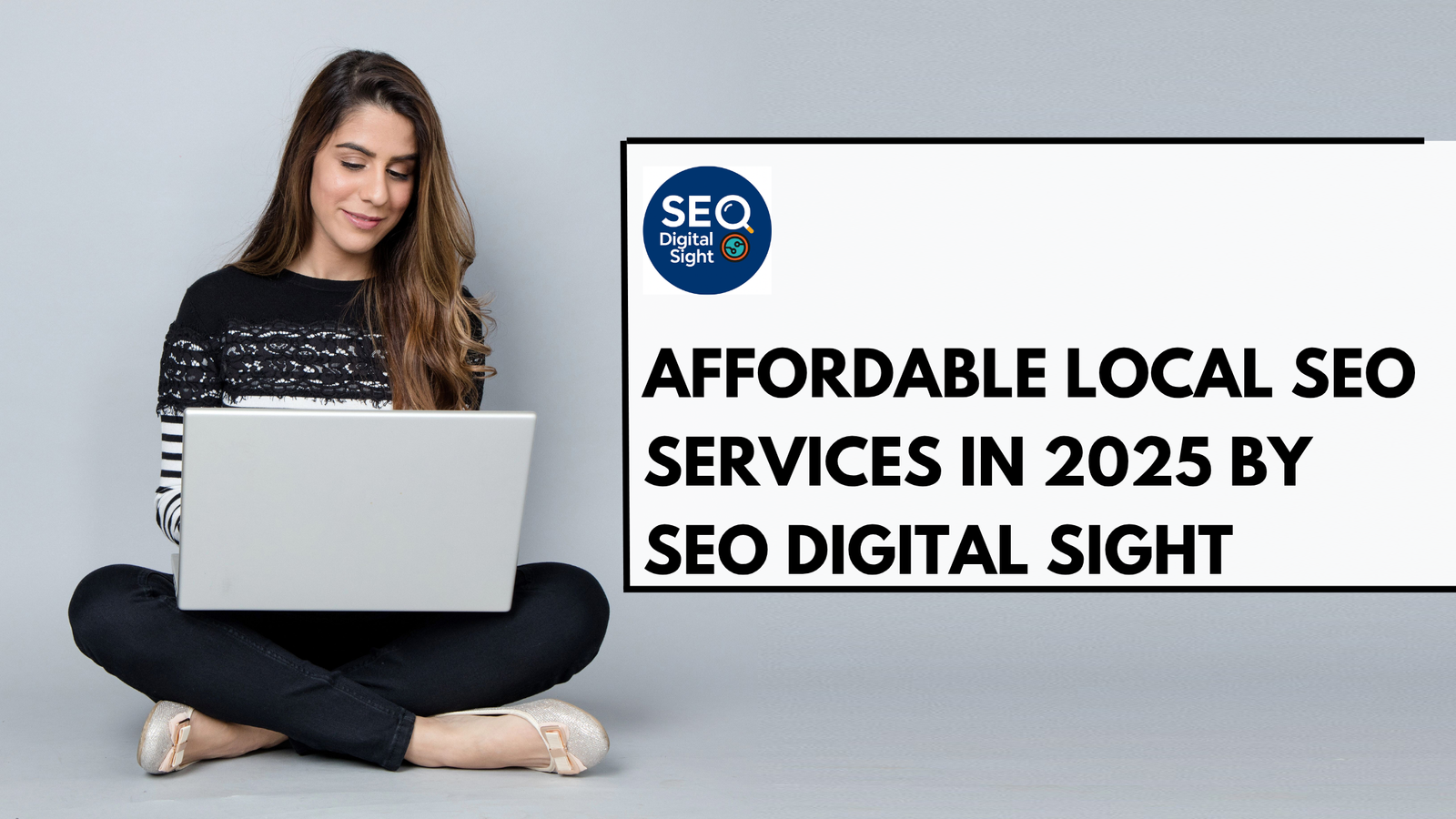Blogging is one of the most effective ways to grow an online presence, especially in a highly competitive digital landscape like the United States. A well-written blog post doesn’t just fill space on your website; it drives organic traffic, builds authority, educates your audience, and ultimately generates leads. But writing a blog that actually performs on Google requires more than just good ideas. It requires structure, strategy, and a balance between creativity and SEO.
At SEO Digital Sight, we know how much high-quality content impacts search engine rankings. In this guide, we’ll break down the seven best practices for writing a blog post that not only engages readers but also gets indexed, ranked, and discovered by the right audience.
1. Start with Audience Research
Every successful blog post begins with a clear understanding of your audience. Writing without knowing who you’re speaking to often leads to generic content that fails to rank or resonate. Audience research helps you uncover what your ideal customers are searching for, the problems they face, and the type of content they prefer.
For example, if you’re targeting small business owners in the USA, your tone should be professional yet approachable. You should focus on practical, actionable advice instead of jargon. This type of audience-first thinking also improves your keyword targeting. Instead of forcing keywords into content, you naturally weave in the exact phrases your audience is typing into Google.
When we build blogs for clients at SEO services in the UK, this is the very first step we focus on: identify the audience, study their search behavior, and then craft blogs that meet their intent.
2. Craft Headlines That Grab Attention
Headlines are the first thing readers notice. They determine whether someone clicks on your blog or scrolls past it. A compelling headline should be clear, relevant, and optimized for SEO. Including numbers, emotional triggers, or strong action words can significantly improve click-through rates.
Compare these two titles:
- “Blogging Tips”
- “7 Best Practices for Writing a Blog Post That Engages Readers and Ranks on Google”
The second option instantly promises value, sets expectations, and uses a keyword phrase that Google can easily index. Keeping headlines under 60 characters also ensures they display properly in search results.
3. Structure Content for Easy Reading
Google values user experience, and readers value clarity. A strong blog structure with headings, subheadings, and short paragraphs improves readability. When readers find it easy to scan your content, they spend more time on the page, which signals to search engines that your content is valuable.
A good structure might look like this:
- Introduction (sets context and hooks the reader)
- Body (divided into clear sections with H2/H3 headings)
- FAQs (to capture additional search intent)
- Conclusion with a call to action
Adding visuals like charts, screenshots, and feature images throughout the blog also helps maintain engagement. Ideally, you should place an image at the beginning, one in the middle, and one near the end.
4. Write Engaging and Valuable Content
At the core of every successful blog is value. Readers should walk away feeling they’ve learned something useful. Avoid over-complicating your message with industry jargon or fluff. Instead, use a conversational tone, practical examples, and even storytelling when possible.
For instance, imagine a small business owner searching “how to write a blog that ranks.” If your post is written in plain language and gives them step-by-step guidance, they’ll stay longer, return for more content, and may eventually hire your services.
This is exactly why blogging remains one of the strongest inbound marketing tools, it builds trust before a client even speaks with you.
5. Optimize for SEO Without Overstuffing
SEO optimization is essential, but stuffing keywords into every line can harm readability and rankings. Instead, use keywords strategically:
- In the title and meta description
- Within the first 100 words of the post
- Naturally sprinkled throughout the content
- Inside at least one subheading
- In image alt text
Equally important is internal linking. For example, when you’re writing about SEO, linking to your own service pages such as SEO services in London ensures both users and search engines can navigate your site easily.
External links to high-authority resources also boost credibility, but be careful not to overdo it. Always keep the reader’s journey in mind and link only when it adds genuine value.
6. Use Visuals to Strengthen Engagement
A blog filled only with text can be overwhelming. Visuals such as images, infographics, videos, and charts break up content, make information easier to digest, and appeal to different types of learners.
For SEO, adding alt tags to every image is a small step with big benefits. It allows search engines to understand what the image is about and helps your blog appear in Google Images search results.
Feature images are also important. They not only create a professional look for your blog but also improve click-through rates when your post is shared on social media platforms.
7. Always End with a Strong Call to Action
Every blog should guide readers toward the next step. Whether you want them to book a consultation, download a resource, or read another blog, a strong call to action (CTA) is essential.
For example, ending this post with:
“Want to take your blogging and SEO strategy to the next level? Contact SEO Digital Sight today for expert solutions tailored to your business.”
This doesn’t just provide closure, it turns readers into potential leads.
FAQs About Writing Blog Posts
How long should a blog post be for SEO in 2025?
The ideal blog length for SEO is 1,200 to 1,800 words. Longer posts provide more context, answer more user questions, and have a higher chance of ranking.
How often should I publish blogs?
Consistency matters more than volume. For small businesses, one to two high-quality posts per week can drive steady traffic.
What are the biggest mistakes in blog writing?
Keyword stuffing, ignoring audience intent, poor structure, and missing calls to action are the most common mistakes.
Can I rank without visuals in my blog?
It’s possible, but visuals greatly enhance user engagement, which improves ranking signals.
Do I need an SEO expert to optimize my blogs?
Yes, especially if you want long-term success. Professional SEO services ensure that your content is not only well-written but also indexed and ranked properly.
Conclusion
Writing a blog post that engages readers and ranks on Google requires strategy, creativity, and consistent optimization. By focusing on your audience, creating compelling headlines, structuring content for readability, writing valuable insights, optimizing for SEO, adding visuals, and ending with strong calls to action, you can transform your blog into a powerful growth engine.
At SEO Digital Sight, we help businesses in the USA and beyond create content strategies that deliver measurable results. If you’re ready to improve your blog performance, generate more leads, and dominate search rankings, we’re here to guide you.













